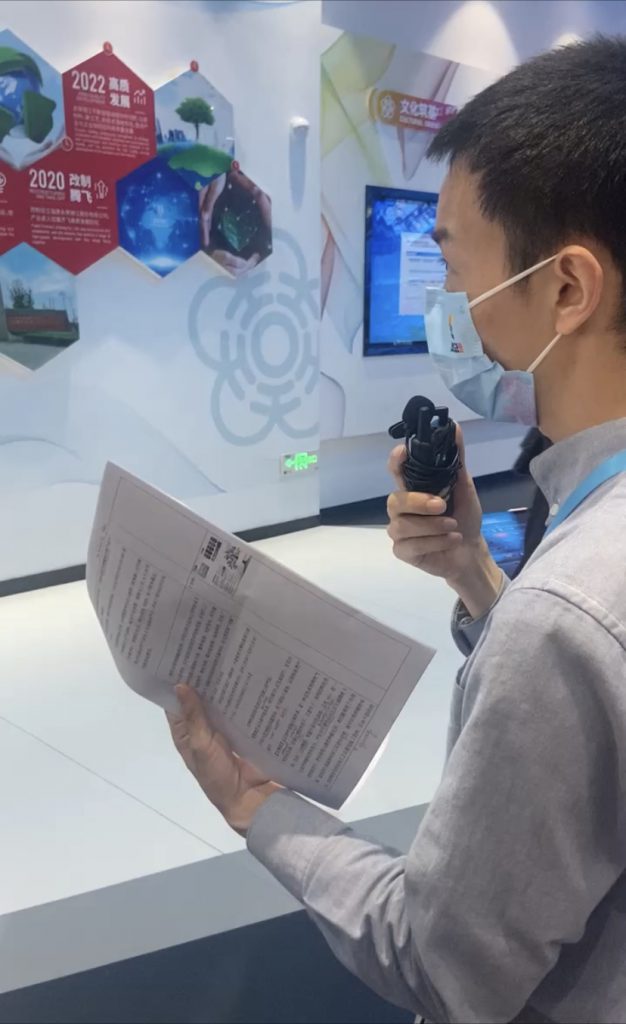I have visited several pilot demonstration zones in Fujian, Hainan, Zhejiang provinces, Beijing and Shanghai. I wanted to have deeper look at the issue of these Pilot Demonstration Zones. China’s pilot demonstration zones have garnered international attention, and the Chinese government actively showcases these zones to foreign visitors and investors. This practice serves several strategic purposes, each with its own set of advantages and potential drawbacks. Let’s explore the pros and cons of displaying these zones to foreigners.
Pros
Attracting Foreign Investment: One of the primary motivations for showcasing pilot demonstration zones to foreigners is to attract foreign investment. By allowing international visitors to witness the success and opportunities within these zones, China aims to lure foreign companies, entrepreneurs, and investors to establish operations and partnerships. Foreign investment can bring capital, expertise, and technology transfer, contributing to the growth of the local economy.
Promoting Collaboration: Demonstrating pilot zones to foreigners encourages cross-border collaboration. Foreign companies and organizations might be inspired to collaborate with Chinese counterparts within these zones, leading to knowledge exchange, joint research initiatives, and technology-sharing agreements. Such collaborations can accelerate innovation and contribute to the development of new products and services.
Knowledge Transfer: Foreign visitors can gain insights into China’s advancements in various sectors, from technology and manufacturing to sustainability and urban planning. These firsthand experiences enable knowledge transfer, allowing foreign experts to learn from Chinese successes and apply those lessons in their own countries. This promotes global best practices and stimulates international dialogue on economic and technological development.
Cultural Exchange: Demonstrating pilot zones offers an opportunity for cultural exchange. Foreign visitors can engage with local communities, experience Chinese business culture, and build interpersonal relationships. These interactions foster mutual understanding and goodwill, potentially leading to enhanced diplomatic and economic ties.
Cons:
Selective Presentation: A potential downside of showcasing pilot demonstration zones to foreigners is the risk of presenting a somewhat idealized or curated version of reality. Authorities may focus on highlighting successes and downplaying challenges, giving foreign visitors an incomplete or biased view of the zone’s actual performance. This can lead to unrealistic expectations and investment decisions based on incomplete information.
Dependency on Foreign Investment: While attracting foreign investment is a key objective, overreliance on foreign companies could create a level of dependency that may not be sustainable in the long term. Relying heavily on foreign firms within pilot zones might impact the development of indigenous technologies and industries.
Intellectual Property Concerns: Collaboration and technology transfer can raise concerns about intellectual property protection. Sharing proprietary information and innovations with foreign entities could potentially lead to the unintended leakage of valuable intellectual property or trade secrets.
Political and Geopolitical Factors: Depending on the political climate and geopolitical relationships, showcasing pilot demonstration zones to foreigners could become a sensitive issue. It may be viewed as a form of influence or soft power.
Conclusion:
The practice of showcasing China’s pilot demonstration zones to foreigners comes with both advantages and disadvantages. On one hand, it can attract foreign investment, foster collaboration, promote knowledge exchange, and facilitate cultural understanding. On the other hand, there are risks related to biased presentations, overreliance on foreign investment, intellectual property concerns, and potential geopolitical implications.









